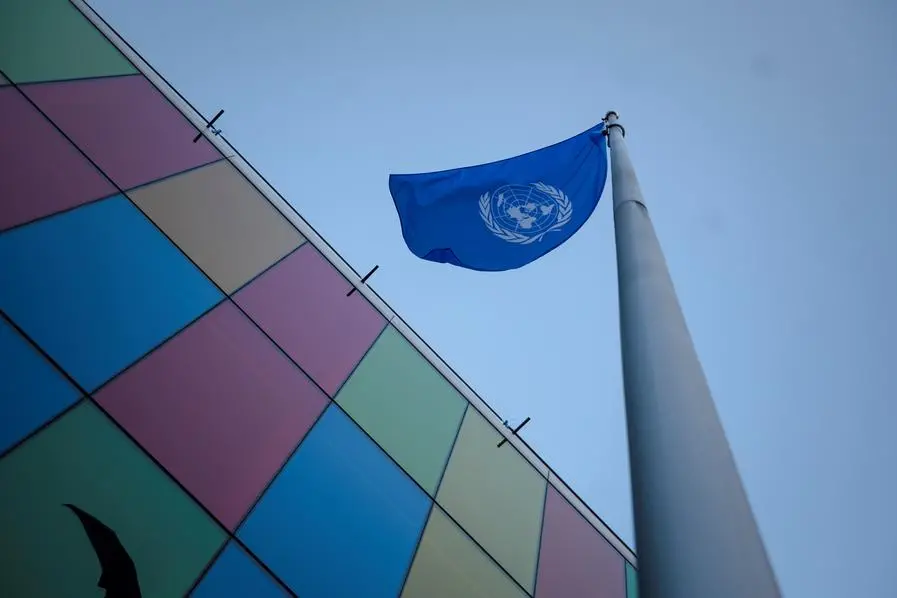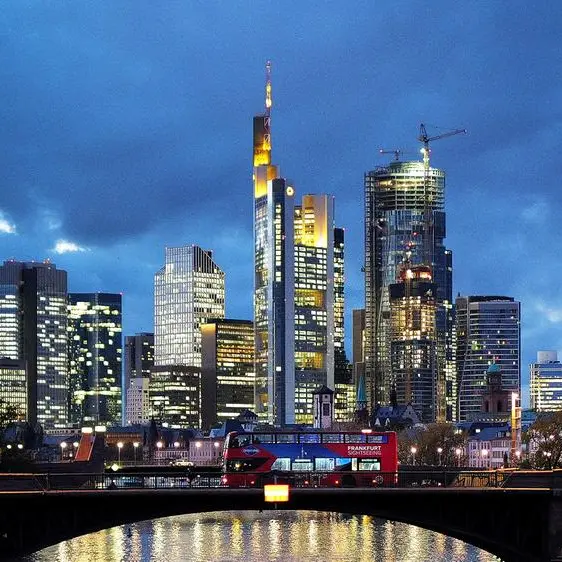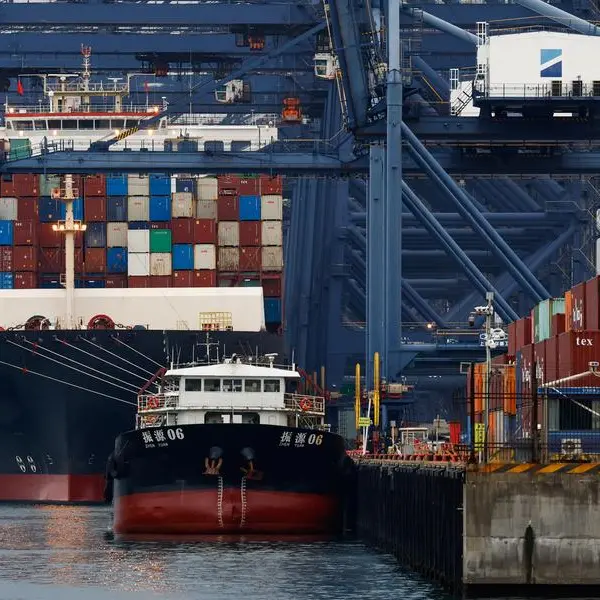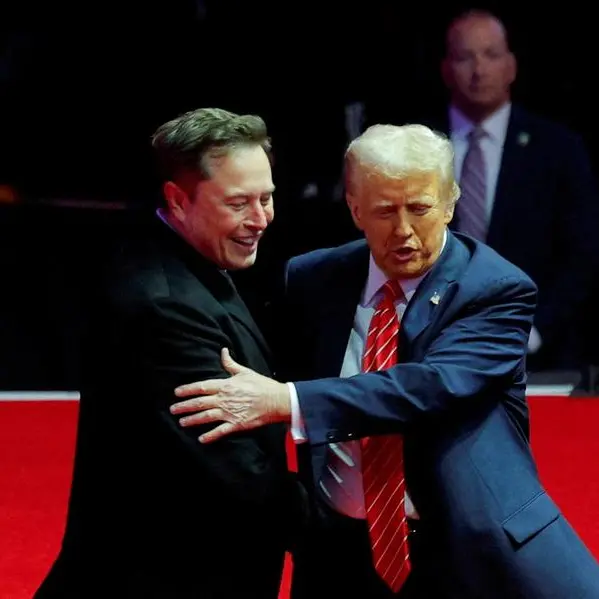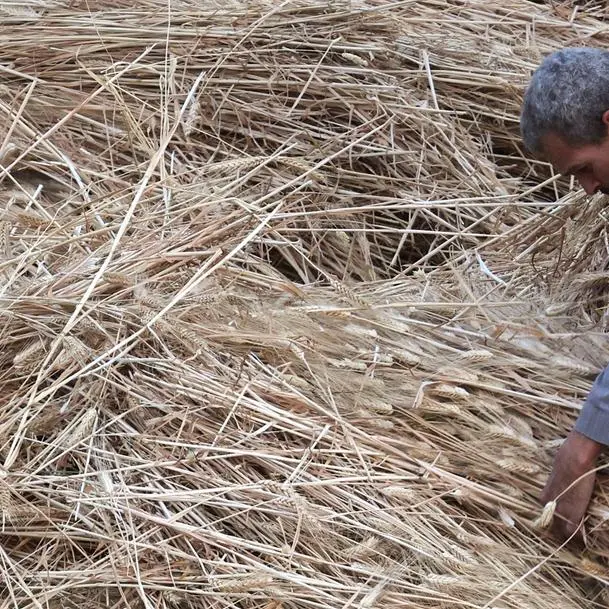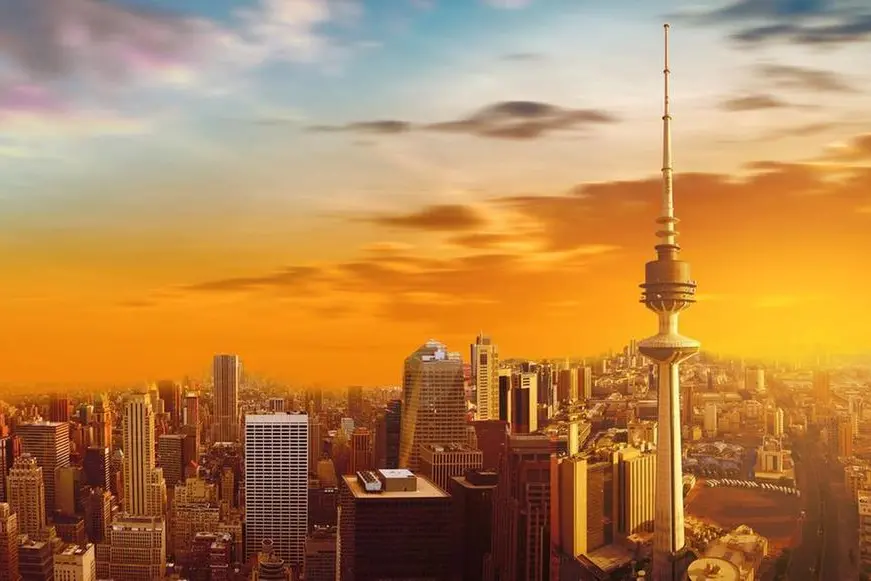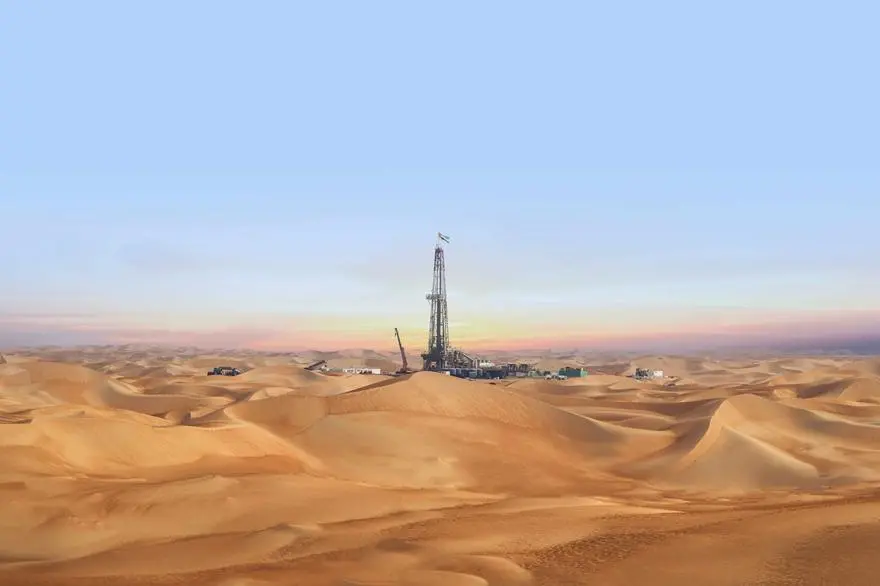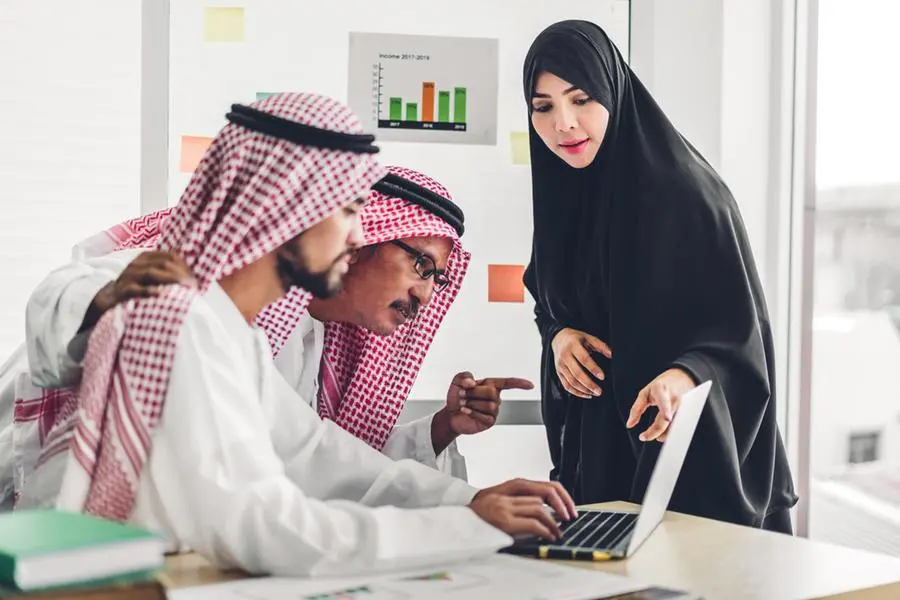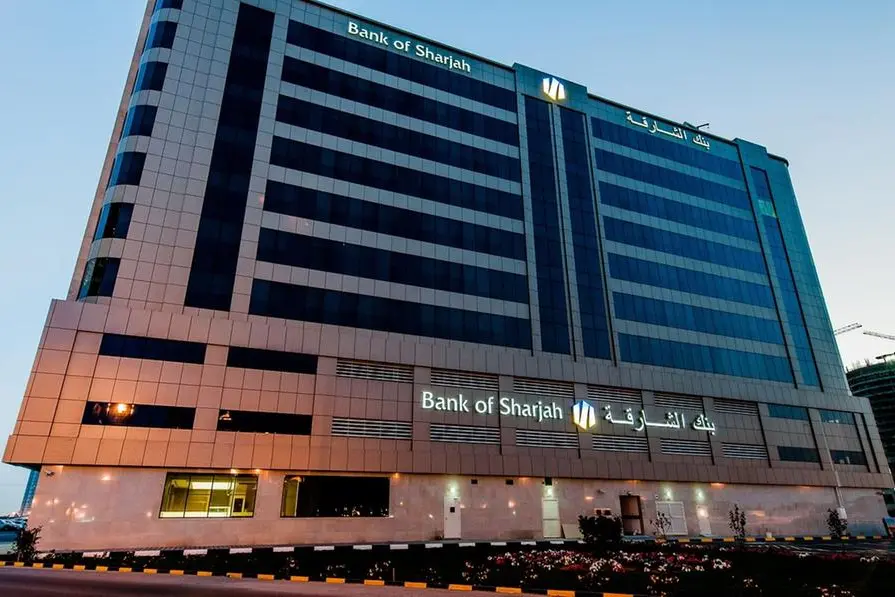PHOTO
The United Nations flag flies in front of the Palais des Congrès at the United Nations Biodiversity Conference (COP15) in Montreal, Quebec, on December 13, 2022. (Photo by ANDREJ IVANOV / AFP) Image used for illustrative purpose.
World leaders meeting in New York next week will try to revive key goals meant to improve the lot of humanity by 2030, plans that are in doubt today as hunger, poverty and other crises persist.
- Leave no one behind -
In 2015, UN member-states adopted 17 wide-ranging development goals to be met by 2030, which included eradicating extreme poverty and hunger, providing access to drinking water, ensuring gender equality and health care for all.
"In thriving economically in the 21st century, you cannot any longer try to do so at the expense of nature, or at the expense of people who are left behind," the head of the United Nations Development Program (UNDP), Achim Steiner, told AFP.
But the 2030 Agenda is in trouble, according to the UN.
"The Sustainable Development goals are in peril," the UN said in a report published in July.
In order to meet these goals, governments coming together at the UN General Assembly on Monday are slated to commit to "act with urgency... for people, planet, prosperity, peace and partnership, leaving no one behind," according to the draft declaration.
- Poverty and hunger -
Progress has been slow and, in some cases, things are even worse now than they were in 2015.
The Covid-19 pandemic has halted progress in combating extreme poverty, defined as living on less than $2.15 per day.
Far from the hoped-for eradication, at the current rate 575 million people will still be living in such conditions in 2030, most of them in sub-Saharan Africa.
And the world has returned to levels of hunger not seen since 2005.
Furthermore, 1.1 billion people live in urban areas in slum-like conditions, more than two billion still do not have access to drinking water, 38 out of 1,000 children die before their fifth birthday and the impacts of climate change are increasingly devastating.
- Debt burden -
Crippled by various world crises, from Covid-19 to the war in Ukraine, many countries are crumbling under the weight of their debt and do not have the means to change course.
"Countries are not able to pursue the development they want right now, but they can only opt for a recovery, where they go for the growth they can get," Steiner said.
That, however, is a risky path.
"That growth takes us back to the fossil fuel dependency and to greater inequalities, precisely the things that have led to so many tensions, protests on our streets," he added.
That is why the draft declaration that will be discussed on Monday talks about reforming international financial institutions, over which, however, the UN has no control.
UN Secretary-General Antonio Guterres has also called for investing an additional $500 billion per year by 2030 in order to meet the ambitious goals. His plan received support at the recent G20 summit.
- Vicious or virtuous circle? -
Getting out of poverty, having access to education, drinking water or clean energy, being in good health and living in peace -- all these development goals are largely interdependent.
Global warming and the extreme weather events it causes undermine most of the development goals as they destroy crops, infrastructure and livelihoods.
That is why change must be comprehensive, Steiner said..
"We can use $1 to deliver more than $1 of impact. If you address poverty, you can also address access to electricity or vice versa," he said.
"If you address access to electricity and combine it with the objective of decarbonization, you can achieve both poverty reduction" and address climate change.
Steiner has worked with 95 countries to identify priorities to modify the growth model, such as policies aimed at creating decent jobs and investing in sustainable cities that offer basic services and affordable housing and infrastructure.
